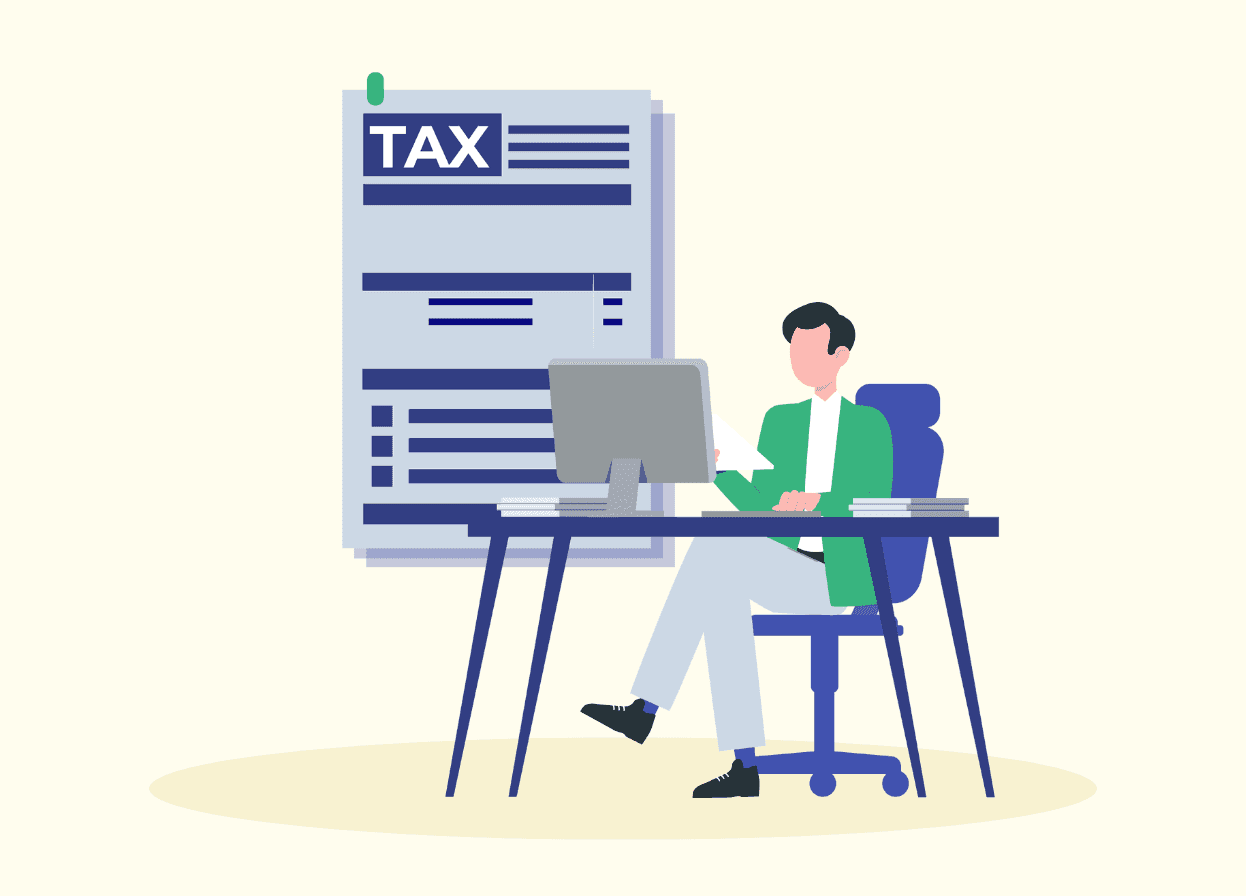How to Build a Professional Portfolio as a Freelancer
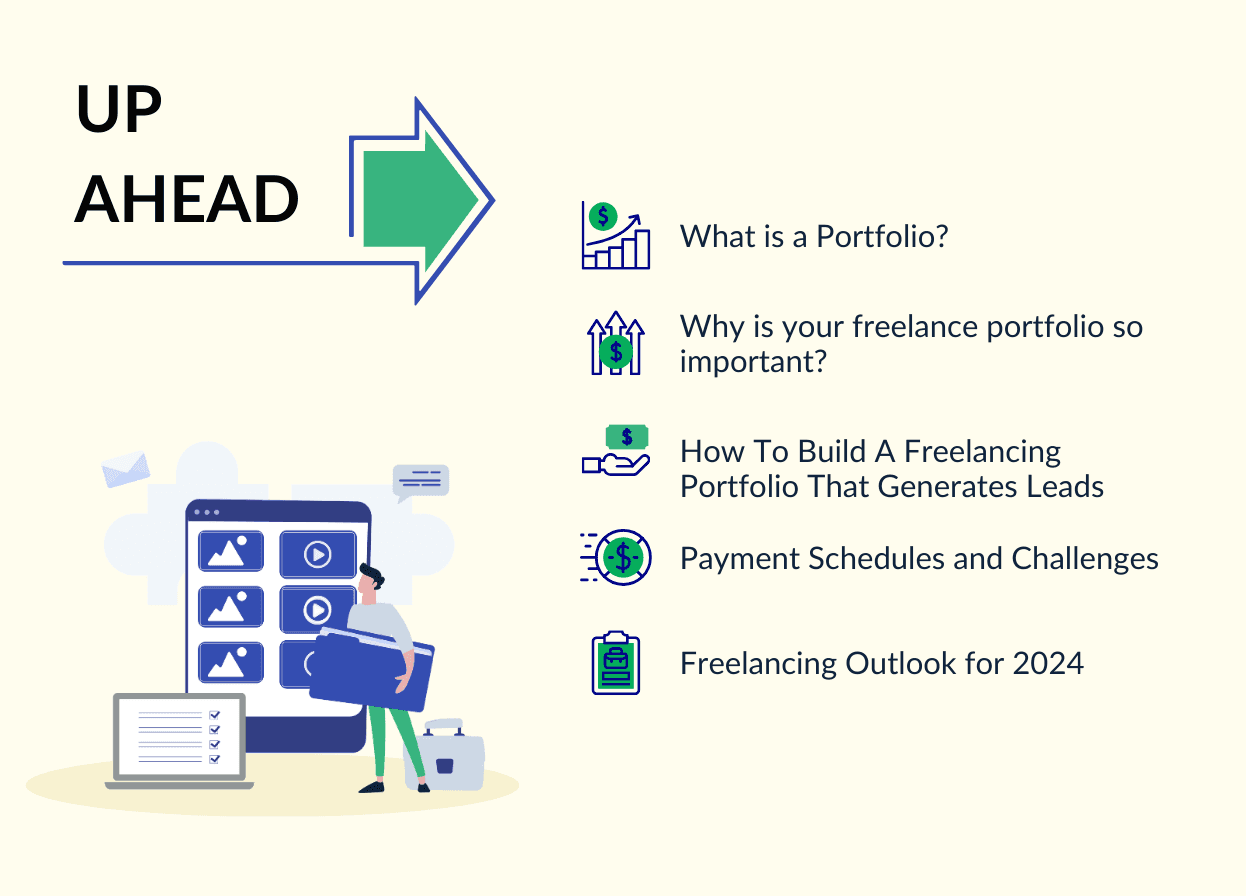

In a phase where employees are rallying with layoffs and entrepreneurs are facing tremendous stress, a group of people have managed to stay afloat: freelancers.
However, as a freelancer, you may face challenges showcasing your work to back up the quality of your services. You might lack the time or resources to pursue clients robustly. Even if you achieve this, a portfolio best represents your skills, offerings, past work, and capabilities.
The right kind of professional portfolio can make or break your case. Before reviewing the techniques to create the perfect professional portfolio for freelancers, let’s start with the basics.
What is a Portfolio?
A professional portfolio is a catalogue that helps existing and potential clients understand your work and decide if they should partner with you. It is a collection of your past work, client testimonials, and the work you aspire to do in the future.
Why Is Your Freelance Portfolio So Important?
Let’s answer this with another question: are trailers important for movies? Are reviews important for online shopping products? That is exactly how important a portfolio is for a freelancer. It will help a client decide whether they want to work with you, how much money they think you are worth, and the kind of projects they want to assign to you.
How To Build A Freelancing Portfolio That Generates Leads
The first step to building a great portfolio is understanding its purpose: this portfolio is a preview of your work, almost like a first impression. Thus, the end goal of your portfolio is this: great clients, good working relationships, and a chance to do better work.
The customer reviews and the type of clients you have worked with are essential parts of your portfolio. If your well-known and influential clients are willing to write client testimonials for you, half your work is already done!
Finally, when you are working as a freelancer, none of your work is handed to you. Each day, you have to present yourself to the world and ensure that you get work to do. In that case, a freelance portfolio is a great way of putting yourself out there and attracting clients.
1. Define Your Unique Selling Proposition (USP)
The famous Japanese concept of Ikigai works wonders to recognise your USP. According to Ikigai, you need to assess four crucial things: What you love, what you are good at (both these things aren’t necessarily the same), What the world needs, and what you can be paid for.
If you have an answer for all these and craft a niche accordingly, you will have created a distinctive USP.
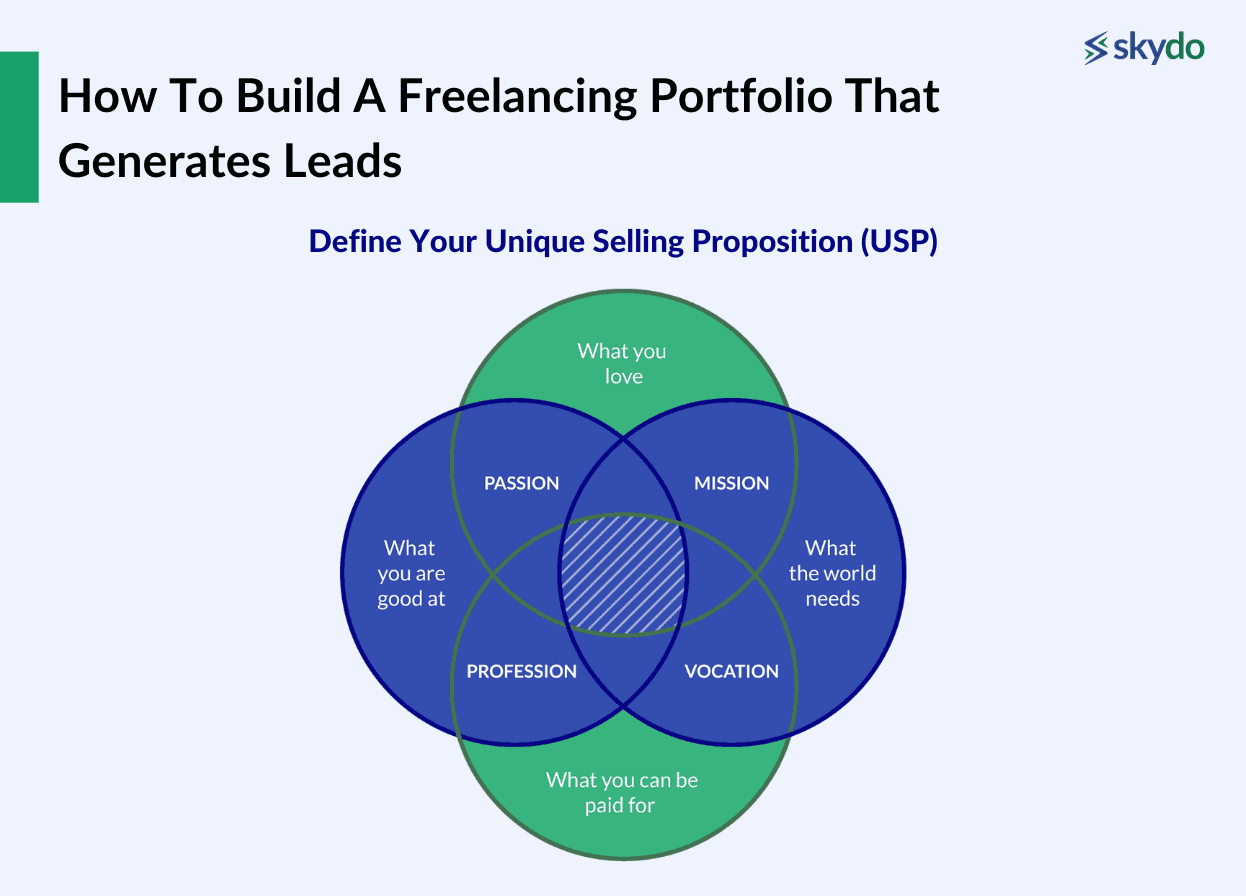
Once you figure out your USP, use these prompts to frame them in your portfolio:
- My name is (XX) and I can help you achieve (XX) through my expertise in (XX).
- If you need to achieve (XX) and are looking for simple solutions regarding (XX), reach out to me.
- I specialise in (XX) and can help your company grow by offering (XX) ways to creatively address your problems.
Whether you are a writer, a programmer, a photographer, a marketer, or any other professional, these prompts and USPs will be one of the most important and highlighting features of your freelance portfolio.
Ashita N, for example, is a freelance designer who makes it clear that her USP is branding, packaging, and logo design. This helps make her profile crisp and to the point while making her message clear.
2. Select The Right Platform For Your Professional Portfolio
Choosing the right portfolio website depends on your profession. For example, most graphic designers, VFX artists, or photographers–anyone with a visual component to their profession choose Behance or Dribbble.
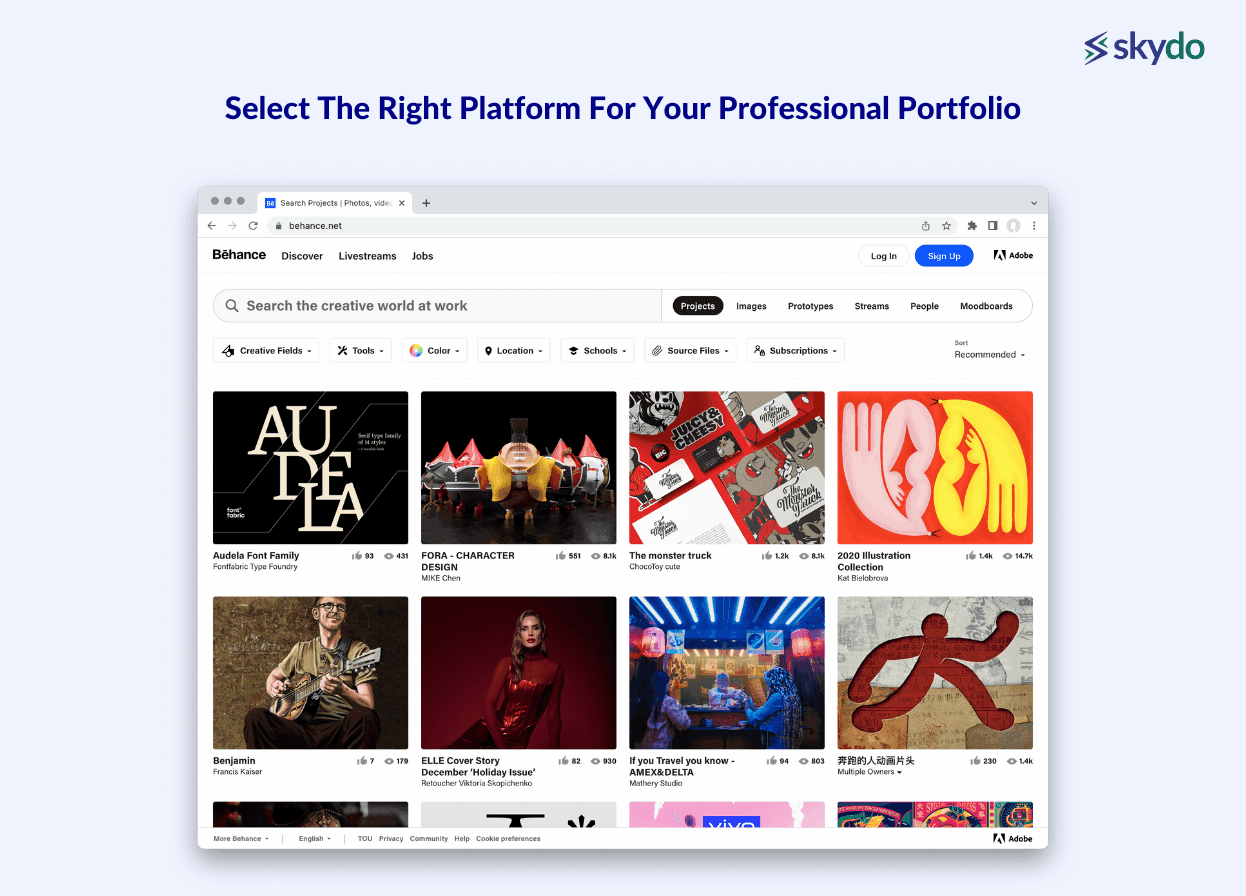 Behance Homepage
Behance HomepageWriters use platforms like Medium and Substack to showcase their work in an easily readable and user-friendly format. Others with basic skills in programming end up creating their website from scratch or use WordPress or Wix to create a site of their own.
A few people also use their LinkedIn or X accounts to market themselves and post content in a way that their social media profiles end up becoming their professional portfolios.
3. Craft a Captivating Bio And About Me Section While Creating Your Portfolio
The most important thing while writing a bio is to say more with less. Here are some template examples:
I specialise in crafting impactful [XX specialisation] for [XX] years. Elevate your brand with my unique perspective, attention to detail, and expertise.
My name is (XX) and with (XX) years of experience in the field of (XX), I can help address all of your brand’s needs regarding (XX).
While the bio and portfolio title are straightforward, crisp and SEO-friendly, the about me section is where you can get a bit personal. In a few words, you can address your interests outside of work and talk about how you got to where you are.
For example, Gurman Bhatia, a freelance data journalist has a website where clients can see an easy-access clickable link and the testimonials right under the main content. The bio and about sections are crisp and almost flow in line with the rest of the website.
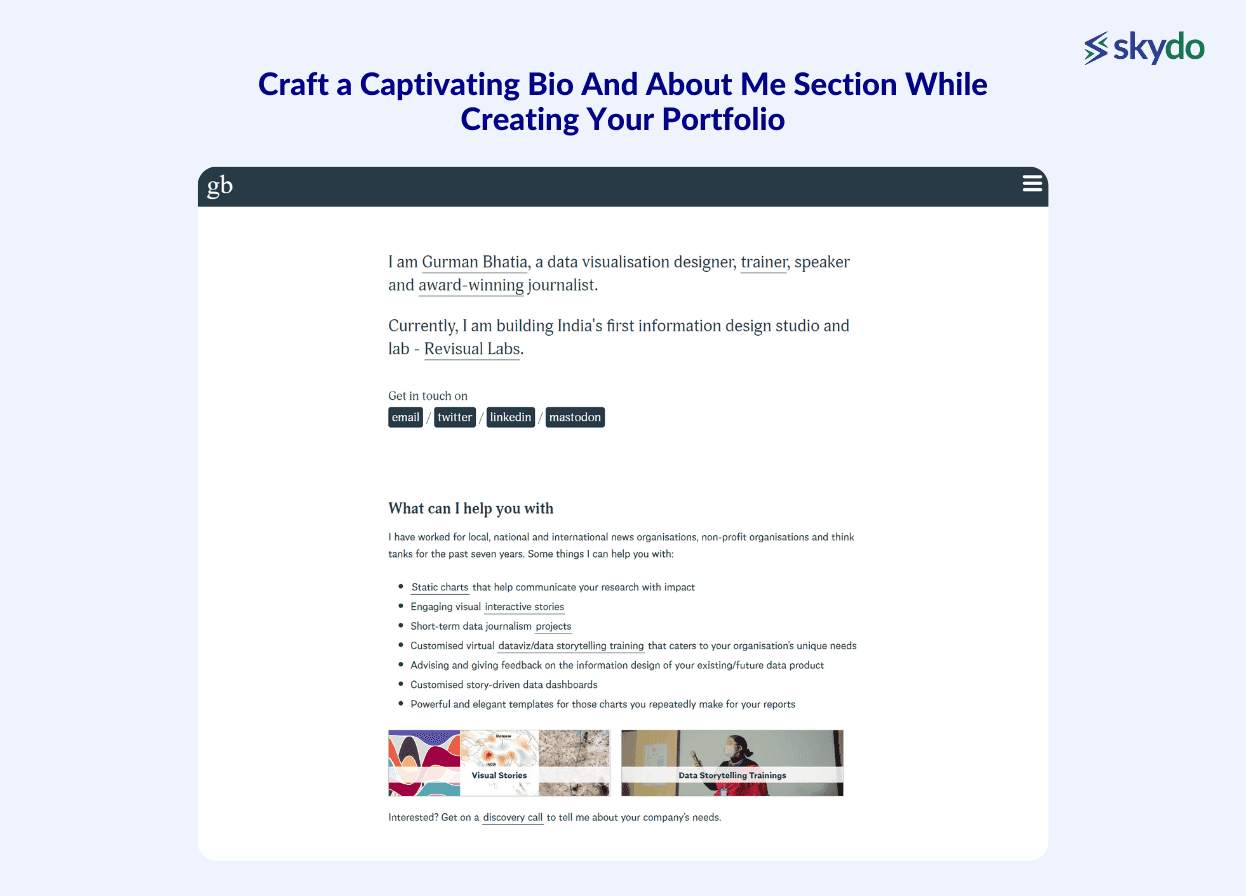 A snapshot of freelancer Gurman Bhatia’s website
A snapshot of freelancer Gurman Bhatia’s website4. Design Your Portfolio To Speak to A Specific Niche
Your portfolio design must always align with the aesthetic of your profession. An architect who has worked on corporate buildings cannot have a colourful and quirky website, just as a graphic designer working with social media apps cannot have a monotonous colour scheme.
Know the kind of audience you will attract and let your personality reflect through your website’s design.
5. Showcase Your Work: Portfolio Essentials
If you are an architect, speak about how you acquired a project or overcame the difficulties while displaying pictures of the project. Short descriptors help set the narrative and help customers know you better.
Including case studies, personal experiences, and learnings enhance your portfolio and give your projects a flow, which is difficult to achieve when you simply line up your projects one after the other.
The simplest way to storytelling is to write about how you landed in the profession. Speak about your background, your inspirations, education, and other experiences that have made you the professional you are today. This helps give a human side to your portfolio and offers insight into your motivations.
6. Maintain and Update Your Portfolio
Depending on the intensity of your work, fix a routine timeline to update your website or page regularly. Treat this as a clean-up for your professional portfolio: remove old and irrelevant content and replace it with some of your latest work.
7. Promote Your Portfolio
Add the links to your portfolio to your social media. These links will lead directly to your website and help customers discover you. Posting about any of your latest work and adding a call-to-action to your portfolio ensures your followers keep getting reminders to visit your website.
Some freelancers also send newsletters to their subscribers using Mailchimp or Brevo to keep their target audiences informed of their work and the latest updates regarding their projects.
 An example of a newsletter
An example of a newsletterUsing online communities can also be a great way to promote your work. There are special profession-based Facebook groups or Reddit forums you can join where people ask and answer questions, offer jobs, and seek general help from peers. This is a great way to get more work and be a part of the professional community.
The Final Word
A good and effective freelancing portfolio helps you attract more clients and onboard them. It also contributes to the perception that other potential customers develop towards you.
The design, promotion, language, and structure are all aspects that should be well-thought-out and researched to help get your message across. If you ace these areas and be truthful and direct, you will see your business and eventually, your revenue, grow.
FAQs
Q1. How to create a freelancer profile on Upwork?
Ans: After signing up on Upwork as a freelancer, add projects to your profile and create a portfolio. Click Find Work -> Portfolio. Then, scroll down in this section and select the ‘+’ button to add your projects.
Q2. What do I write in a professional freelance portfolio?
Ans: A professional portfolio generally carries a brief bio and your work, customer testimonials, and some case studies or examples of projects you have worked on previously.
Q3. How often should I update my portfolio to reflect my evolving skills and latest projects?
Ans: The frequency of updating your portfolio depends on your volume of work. Generally, most people update their freelance profiles every month. Remove unnecessary, old, or irrelevant details and replace them with some of your new and updated work when you update your portfolio.
Q4. What is the ideal balance between showcasing various skills and maintaining a focused niche in my portfolio?
Ans: You can mention your diverse skillset at the beginning of your portfolio. As you dive deeper into your projects and work, establish a niche by explaining how you got there.



